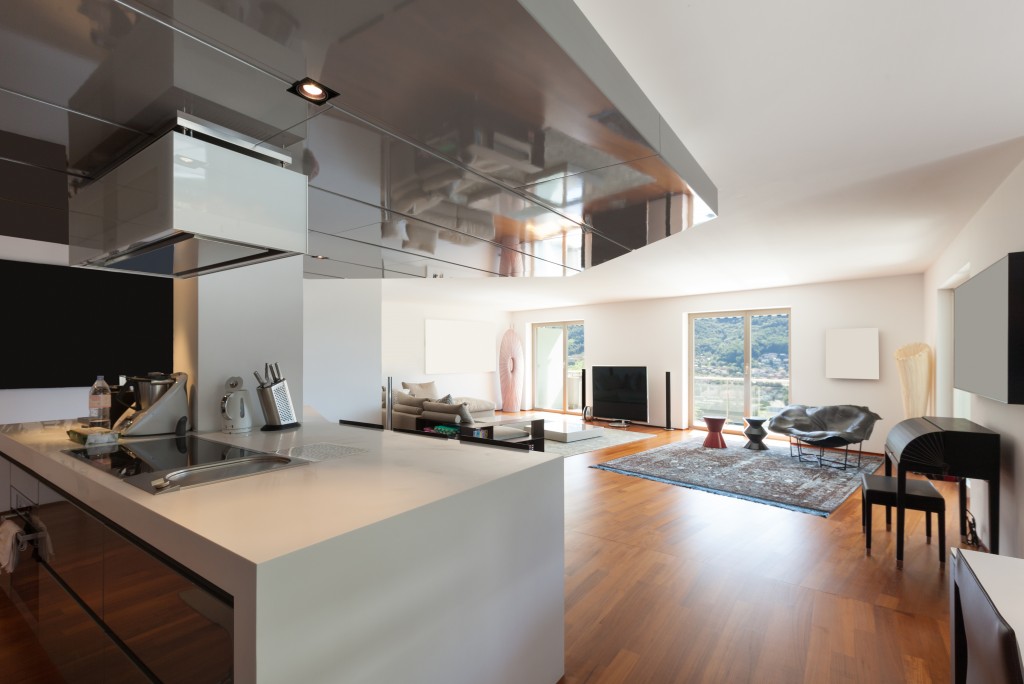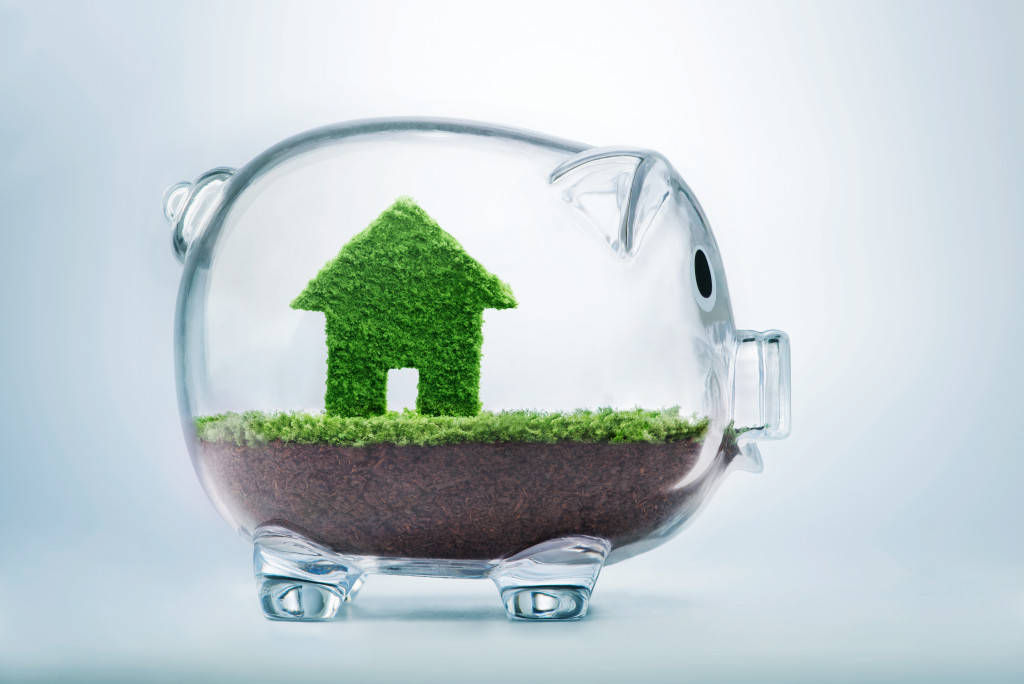The Earth is on the verge of destruction due to the relentless need for resources for human consumption. As the population continues to grow, the demand for all sorts of products — from food to electronics — increases, too. As a result, nature is suffering.
This has caused more consumers, especially young generations, to be conscious of where they buy. Nowadays, “eco-friendly” and “sustainable” are the top terms used in marketing to persuade those looking for an alternative to regular household items.
Going green can help businesses in the long run, but how can it be done? Here are a few tips.
It is All About the Packaging
The packaging alone creates a lot of waste that often ends up in a landfill or, if not properly disposed of, in the waterways and oceans. A business that wants to attract consumers who care about the environment is to ditch the bubble wrap and the single-use plastic and go for something biodegradable.
Although the paper has its own issues, it is still considered a more eco-friendly material than plastics. It comes from a renewable source, and it decomposes fairly quickly.
So, as much as you can, go for cardboard, which can either be recycled or added to the compost. But, some pieces of furniture and fixtures are breakable and, therefore, require padding. Fortunately, stores can also use shredded cardboard as padding. Investing in a good cardboard shredder (the Profipack 425 is a good one) can enable your store to reuse old paper and boxes.
Au Naturale Fabrics
Leather is a material that lasts long, but many consumers are turning away from animal-derived products. It is not just vegans who are saying no to leather. More consumers look at leather and fur as inhumane and harmful to the environment.
Polyester, too, is now frowned upon. The synthetic fabric is known to shed microplastics when washed.
So, put the spotlight on natural fabrics like cotton and linen. These two fabrics are natural and would not create microplastics that end up in the ocean and get eaten by fish.
However, the eco-friendliest fabric comes from hemp. Unlike cotton, hemp does not require pesticides to keep alive. It also grows quicker than cotton, which means that a farmer can harvest more without needing more land to plant the crop.
If You Have to Use Plastic
Plastic is not necessarily bad. It is demonised because there are a lot of them, and most are not disposed of properly, ending up in landfills and oceans.
However, plastics can be environmentally-friendly, too, as long as it is recycled. Quite a few furniture stores are selling furniture or decor made from recycled plastic. Luken, for example, a brand from Mexico, made furniture from hundreds of plastic bottles that otherwise would end up polluting nature.
Either as packaging or as furniture, consumers are more likely to purchase a product made of plastic if it has been transformed from trash to treasure.

Not Your Typical Wood
Wood is a renewable source and would rot eventually, which makes it technically environmentally friendly. It is also quite strong — perfect for furniture that lasts for a long time.
However, hardwood is not as sustainable as you think it is. It is more expensive because it takes years, if not decades, to grow and mature.
Moreover, hardwood has to be shipped from its source and then processed until it becomes a piece of furniture. It still creates a significant carbon footprint and greenhouse gas emissions.
The alternative is reclaimed wood or wood that has been used previously for something else. The material addresses the demand for furniture made in wood yet does not require cutting trees and transporting lumber.
Furthermore, reclaimed wood furniture adds character and exudes a pastoral vibe, which has become quite popular in the past year. It will fit perfectly in homes that have a cottagecore home aesthetic.
Vintage is the Best
Vintage gets a bad rap because it often comes with a premium price tag, but it is the most sustainable option. It is second-hand, which means it did not require new resources to be extracted from the environment and negatively affect nature. It also means that there is one less ending up in a landfill.
Vintage does not have to be expensive. You can find furniture still in great condition for cheap as long as you have the patience to look around online, in charity shops, estate sales, and even curbside.
The home decor and furniture business may not be as notoriously polluting as fast fashion, but it also creates a lot of waste. These are only some techniques that can create a positive effect on the environment while still making profits.


